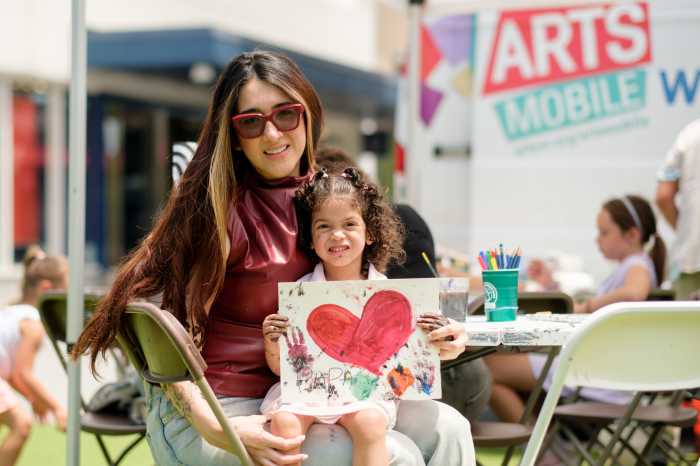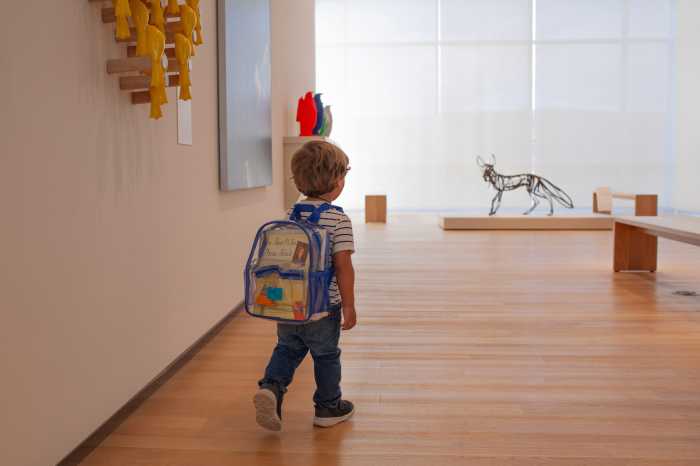As parents, many of us monitor our child’s development. While the typical course of skill acquisition has been observed through much research, there is indeed variability amongst individual children. Parents are told to “not compare” their child to others; however, this is exactly what many of us do. While this sometimes leads to undue worry, this behavior may also help us recognize that something might not be quite right in our child’s development.
The American Psychiatric Association’s upcoming release of an updated Diagnostic and Statistical Manual (DSM-5) will categorize Autism, Pervasive Developmental Disorder and Asperger’s Disorder under one umbrella term; Autism Spectrum Disorder (ASD). Symptoms will largely remain the same and are characterized by deficits in social communication and excesses in repetitive behaviors.
Concerning Behaviors
Parents often ask about the early signs of ASD in toddlers and young children. Typically developing children are intrinsically interested in their social environment. This is exhibited by frequent joint attention and engagement behaviors, such as pointing or showing objects to their parents. Many children with ASD do not demonstrate these behaviors, or exhibit these behaviors infrequently. For example, a child with ASD might point to request help but not to share interest with their caregiver.
Typically developing children communicate in many ways – through use of gestures, facial expressions, eye contact, as well as sounds or words. Even if a young child is not yet speaking, non-ASD children are remarkably able to express their needs through these other mechanisms. Children with ASD tend to not exhibit the subtleties of facial expressions as other children do, nor do they utilize conventional gestures (such as nodding or beckoning someone to follow) as frequently. They also tend to rely on one form of communication, whereas typically developing children pair forms together (i.e. eye contact and gesture).
Many parents are quite adept at anticipating their child’s needs. After all, you are familiar with their routines and preferences. If you did not anticipate what your child needed, how would he let you know he wanted a drink, or a special toy? How would he play an interactive game, such as peek-a-boo? Many children with ASD do not initiate interactions as often as typically developing children, or they might do so in unusual ways. A child with ASD might “direct” their parent to an object or place by pulling them, and not look at their face.
Typically developing children imitate the behaviors of their social environment. This includes actions and movements, play, sounds and facial expressions. It is very common for toddlers to imitate mannerisms of their parents or to incorporate behavior of an adult into a play scenario. For example, a child might read to her doll the same way her parent reads to her.
Repetitive Actions
While children with ASD exhibit functional play and pretend play actions, these tend to be limited in range and might be repetitive in nature such as pushing a car, lining up trains, throwing a ball or other toys. Typically developing children seem to figure out how to play on their own, often exhibiting functional play and pretend play acts by the late toddler years.
Repetitive behaviors are a criteria associated with ASDs, although these tend to become more apparent in the preschool years and beyond. These include unusual sensory interests such as staring at objects very close or at an angle or repetitive motor behaviors such as finger twisting or hand flapping. Repetitive behavior can also be expressed through the development of a special interest in a particular topic such as trains, subway systems or presidents.
Social Cues
Symptoms of ASD appear differently at varying ages, making an accurate diagnosis challenging. Older children with ASD tend to exhibit challenges in conversational skills and social chatting. They might not perceive subtle social cues, and can’t fully grasp the nuances ever-present in social interactions. They might also use language that is overly formal or state things in unusual ways. Building reciprocal friendships is often difficult.
The thought of an ASD causes fear and sadness in many parents; however, early recognition is very helpful. There are a number of interventions available for children with ASD, which result in positive changes. If you have concerns about your child, it is recommended you contact a professional knowledgeable in this area who can conduct an evaluation and provide treatment recommendations.
Alexandra DeGeorge, Psy.D. is a Clinical Psychologist at the Center for Autism and the Developing Brain, NewYork Presbyterian Hospital/Weill Cornell Medical College, White Plains, N.Y.













